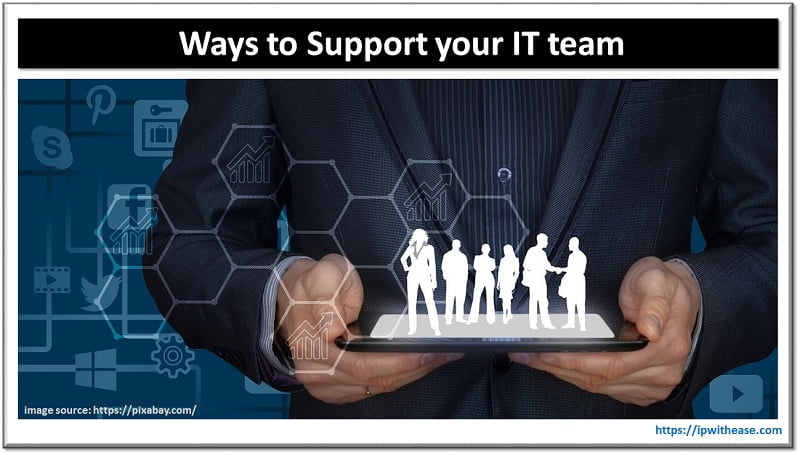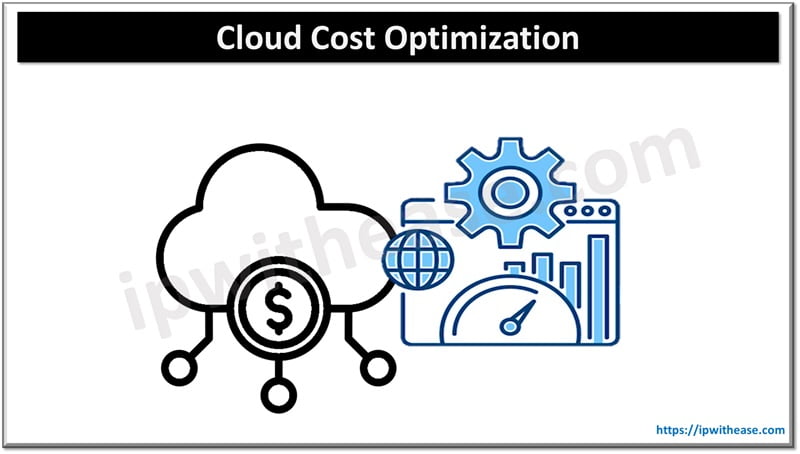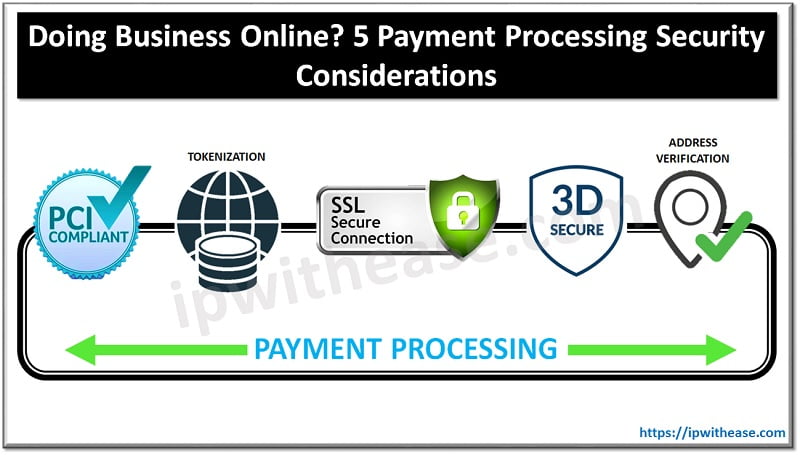Taking a product from its initial concept to final market launch, the product development process involves seven phases. This process breaks down tasks and makes cross-departmental collaboration organised. We’ll discuss the phases of the product development process in this article.
It’s both difficult and exciting, as well as from initial concept to research and development, no two product launches are identical. A standard procedure can assist companies begin the product development process.
What is Product Development?
The PDP or product development process is the process of designing, developing, and marketing a new product. It is a complicated and lengthy procedure that requires many steps. A new product is developed as the result of a lengthy and complicated procedure beginning with an idea.
It might be the result of a personal dilemma or a company decision that leads to a new product. Research is conducted on the potential market for the product, competitors are analysed, and existing products are assessed to ascertain whether there is already a similar one.
If the first research is successful, prototypes of the product are tested to see if it performs well in real-life conditions. After this stage has been completed, the final version of the product is produced.
7 Steps of Product Development Process (PDP)
Now, let’s take a look at the seven stages of product development:
1. Idea Generation & Conceptualization
The ideation phase of the creative process involves generating as many and as diverse ideas as possible about a topic or problem, with the goal of identifying feasible solutions. Brainstorming and mind mapping are two common techniques for ideating.
It is quicker to generate a large quantity of ideas with brainstorming, while mind mapping visualizes a problem or topic and then branches out in all directions to generate new ideas around it. Groups are more successful at ideating than individuals, as well as ideation and conceptualization, which go hand in hand.
Conceptualization is a critical part of brainstorming and conceptualizing helps you construct a strategy for your idea and turn it into a tangible product.
2. Product Definition
In order to define a product, a solution is developed to satisfy those requirements. The procedure begins by identifying the want or issue that the item will solve and then creating a solution. Product definition can be split into two phases:
- problem recognition
- solution development
To begin, you must recognise and understand the issue or need that the item addresses. This may be an explicit or an implicit statement from consumers (e.g., more “x” are being purchased). Customers define issues that need to be solved in the second phase, which involves brainstorming possible solutions, conducting customer interviews, testing prototypes with customers, and so on.
3. Prototyping
A prototype is an early version of a product. It gives a preliminary look at what the final product will look like and how it will function. The prototyping process is an iterative one. It starts with low-fidelity prototypes and progresses to higher-fidelity ones as the design progresses.
In the early phases of the prototyping process, you explore ideas and concepts. Low-fidelity prototypes allow you to explore concepts and ideas in more detail than sketches and drawings do.
4. Initial Design and Planning
The look, feel, and user experience of a product are all elements of design. Product planning consists of deciding which functions should be included. Planners determine what features will be included in a product or service to make it appealing and user-friendly.
Product designers are responsible for producing visually appealing and user-friendly designs. Product planners, on the other hand, think about what features will make a product or service desirable to consumers.
They collaborate with product designers to develop the product’s vision and make it a reality. Product planners work with product designers to build a team, launch the product, and improve it in future versions.
5. Validation and Testing
It is essential to validate a product or service before it is offered to the general public. After validation, the product or service is examined to ensure that it meets customer demands and delivers value.
To facilitate validation, you must first conduct research and analyse consumers. After you’ve established a foundation of customer needs and desires, you can then experiment with creating prototypes. It is critical to validate a product or service before offering it to the public.
Validation begins with research and investigation, which includes participant interviews, surveys, and focus groups. Once you have an understanding of consumer demands and interests, you may generate prototypes to verify your concept.
Prior to releasing a new version of a product, it is tested to detect any errors or mistakes that must be corrected before the next release.
6. Product Launch
The product launch is a crucial part of any business. It marks the moment when the company introduces its product to the world. It’s also a chance to advertise and increase revenue.
In addition to creating interest about a new product, the product launch is also critical to its success. When a new product is launched, it is crucial to advertise it and make people aware that it is for sale.
7. Commercialization
It’s not enough to release your product; you must also find marketing and distribution channels that will help the item establish itself in the market. The internet has altered how we communicate and operate.
Sales of items and services can now be completed online. The internet has created a new sector of on-line marketing and distribution. Marketers can reach a larger audience than previously, but consumers can also locate what they need more easily.
Product Development Team: Who is Involved in the Process?
The group that creates new products is referred to as product development team. The product development team is a group of people that manages the process of creating a new product, and it is usually composed of a variety of professionals, including designers, engineers, marketers, and other experts. The team can be divided into three distinct phases:
- pre-development,
- development,
- post-development
All work takes place before any work actually takes place on a project. Research and design are included in this phase. The development phase includes all of the work that goes into creating a prototype or final product from scratch or an existing model. Finally, post-development involves marketing and distribution, activities that get the product to customers.
Conclusion
Regardless of what type of product your company is developing, you can set yourself up for success by completing all the necessary preparation through the steps mentioned above.
Continue Reading:
5 Tips for Product-Led Customer Centricity
Why Custom CRM Is Good For Business
ABOUT THE AUTHOR

You can learn more about her on her linkedin profile – Rashmi Bhardwaj



